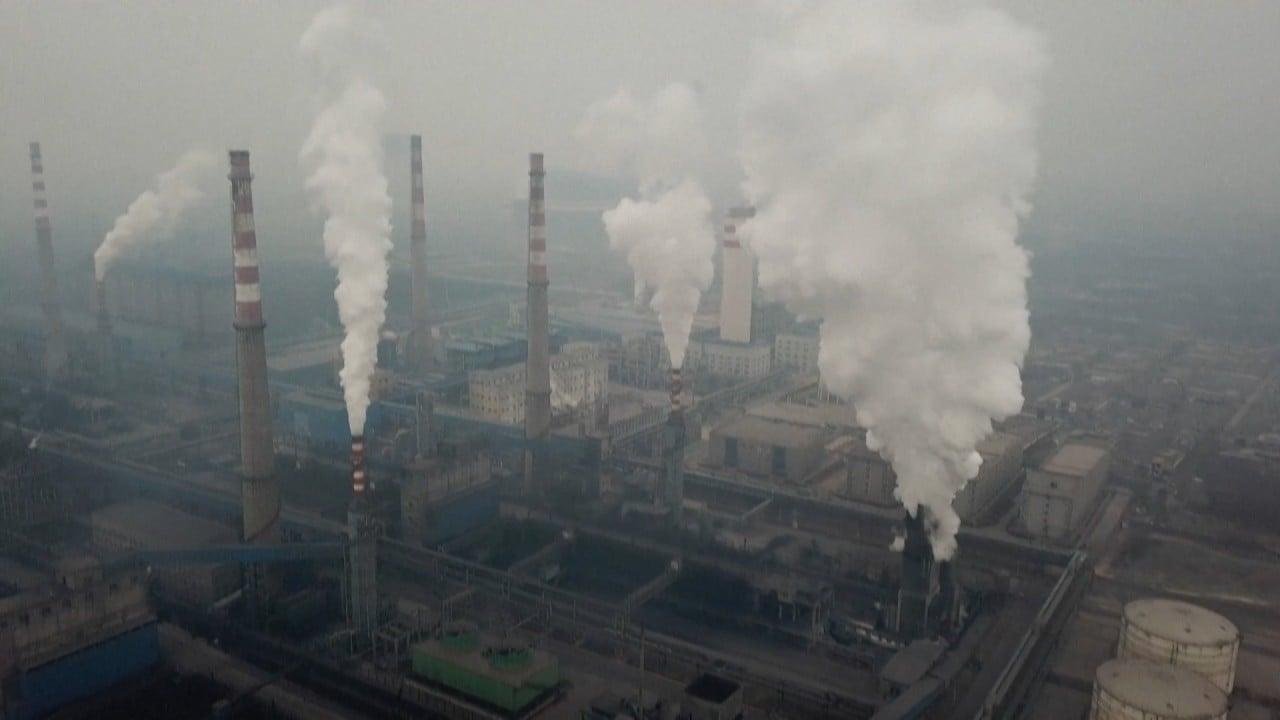
This is the baseline scenario, the report released last week said.
China has not set a peak carbon timetable for the sector. But a joint plan issued by three central government agencies in August required carbon-intensive industries – which includes petrochemicals – to reach peak emissions by 2030.
President Xi Jinping announced in 2020 that China would aim for peak carbon emissions by 2030 and carbon neutrality by 2060.
A decarbonisation push for petrochemicals would be based on industrial restructuring, energy conservation, increased electrification, as well as green hydrogen and carbon capture, utilisation and storage, Peking University researchers said in their paper.
“The low carbon transformation of the petrochemical industry will provide strong support for China’s ‘dual carbon’ targets,” Yang Fuqiang, a senior adviser at the institute, said in referring to the 2030 and 2060 climate goals.
“The petrochemical industry has the potential to further increase its share of electricity consumption and it is expected to become a key sector consuming renewable electricity,” Yang said. Both measures will reduce carbon emissions.
“The petrochemical industry is the largest producer and downstream consumer of hydrogen. It is expected to become an important user of green hydrogen,” he added.
Hydrogen can be generated from various resources and is often used in hard-to-electrify sectors – such as heavy-duty road transport, shipping and heavy industries – to decarbonise the economy. Green hydrogen is generated entirely by renewable energy such as solar and wind power.
The researchers also released a report on the emission pathways of plastics – the most familiar group of petrochemical products.
They found the full life-cycle carbon emissions of plastics in China in 2020 totalled about 560 million tonnes. In the absence of remedial measures, the figure will reach 770 million tonnes by 2030 and 1.17 billion tonnes by 2050, they calculated.
However, cuts in production and consumption and restrictions on incineration could help the plastic industry reach peak carbon emissions by 2028 and achieve carbon neutrality by 2060.
“All sectors are striving to achieve the ‘dual carbon’ target. If the plastic industry does not follow suit and continue doing what they normally do, [their] relative share [of carbon emissions] will be higher. I think this is the biggest challenge,” said Mao Da, the co-founder of China Zero Waste Alliance, a non-governmental organisation.


